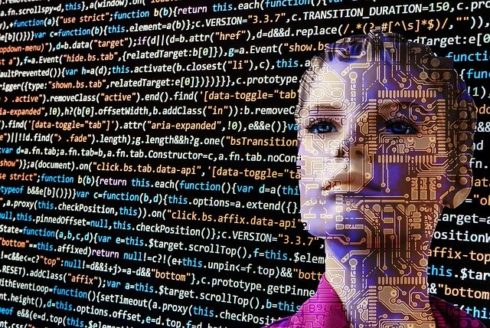
There are many buzzwords in the software development industry, but AI in testing is proving to be more than just a marketing term. According to this year’s World Quality Report sponsored by Micro Focus, Capgemini, and Sogeti, 86% of respondents said that AI is a key criterion for selecting new QA solutions.
In a webinar with SD Times last week, Frank Moyer, CTO of Kobiton, and Alex Drag, product manager at Kobiton, explained what role AI plays in today’s testing world, its advantages and shortcomings, what to consider when evaluating an AI solution, and more.
According to Moyer, there are several areas of testing that AI gets incorporated into, including performance, visual, and functional testing. It also gets used by bots and to author tests.
Visual testing is the most popular facet of testing to get AI added to it, Moyer said. AI can be used to identify and highlight differences between releases, provide a user interface to annotate differences, and remember those annotations from release to release. “The difference may be as simple as a pixel-level difference, which can be very noisy, to more sophisticated algorithms that understand what the intent was in the change and then only alert the tester to where there were issues that they found that looked like issues,” said Moyer.
When looking for solutions, Drag explained that it is important for customers to be cautious and aware of what a vendor is actually offering versus what their marketing keywords are, and to look for vendors that are being transparent (ie. steer clear of anyone offering a “perfect” AI).
To learn more about this topic, watch the webinar: AI in Testing: Not Just a Buzzword.





